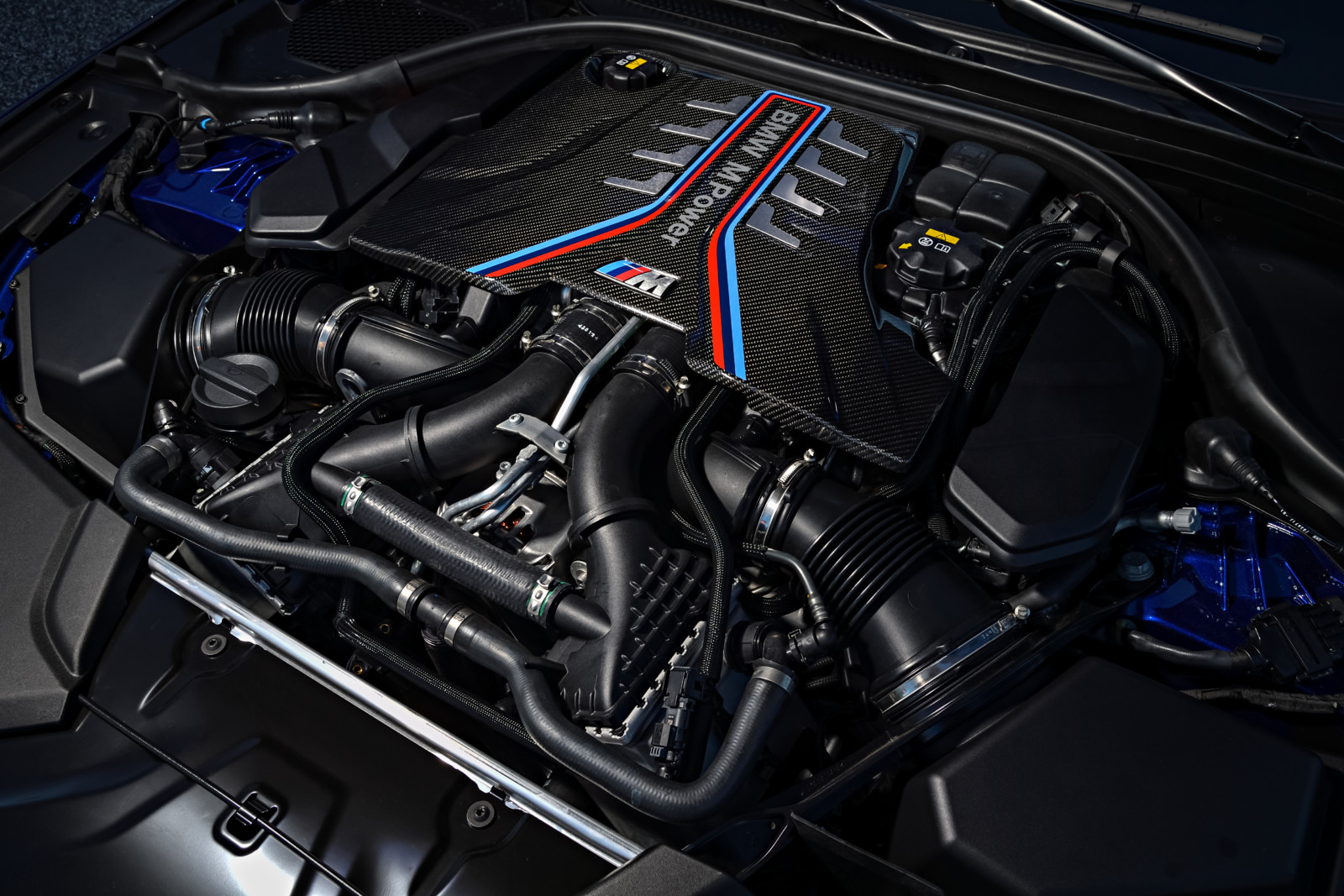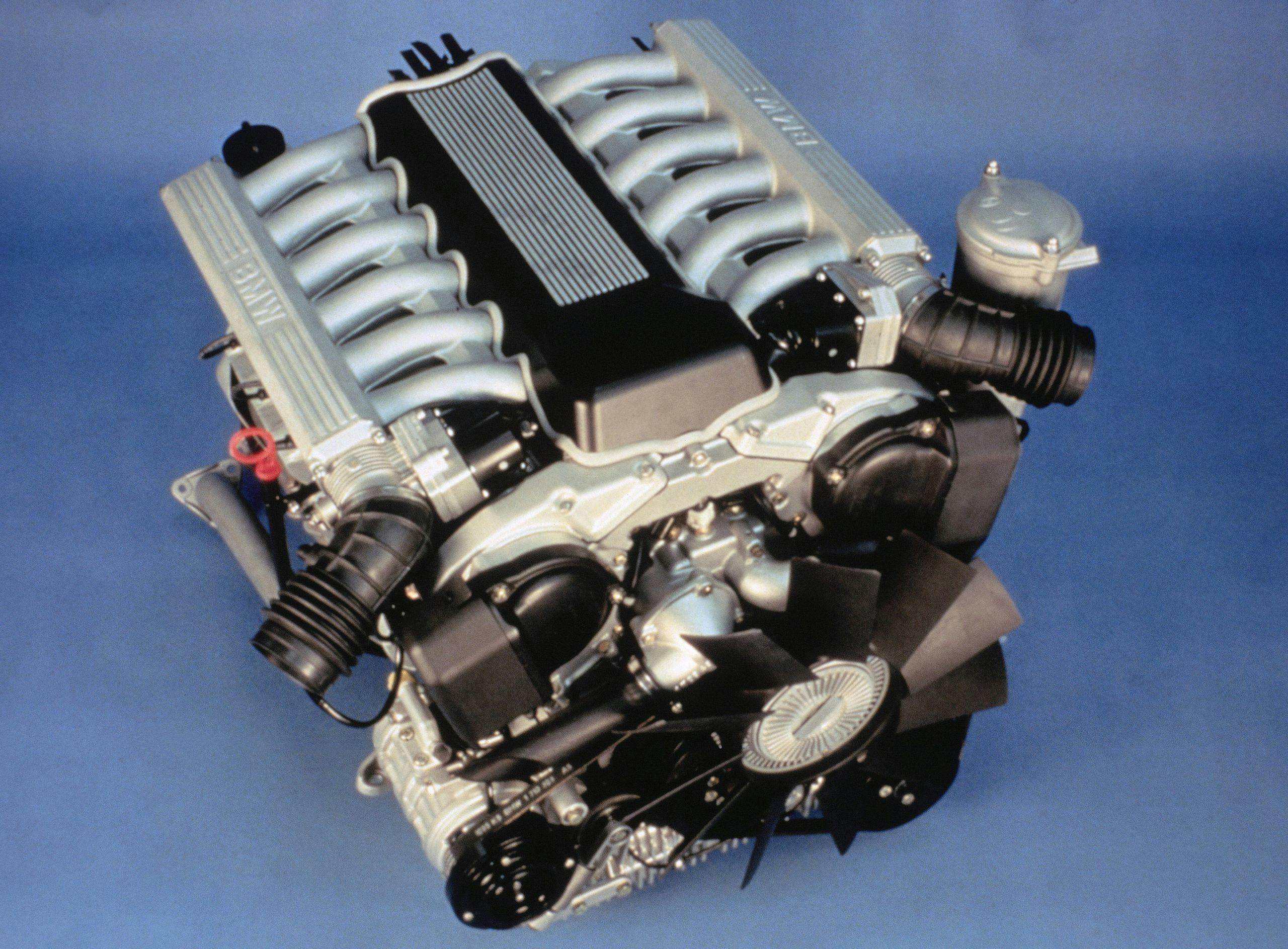Exploring the Development of Combustion Engines in Modern Transport Equipments
As we navigate the landscape of modern transport, the advancement of burning engines stands as a testament to human ingenuity and engineering prowess. From their humble starts to the advanced giants thrusting cars today, combustion engines have actually undertaken an amazing journey of advancement and adaptation. Recognizing the complexities of this development not only clarifies the past however likewise leads the method for visualizing what lies ahead in the realm of transport technology. The interplay of background, innovation, and environmental issues fit the trajectory of burning engines develops a story that is both engaging and informative.
Early Beginnings of Combustion Engines
How did the idea of combustion engines very first emerge in the very early stages of transportation growth? The origins of burning engines can be mapped back to the 17th century when the principles of interior burning were first explored.
The breakthrough minute came with the creation of the initial successful gasoline-powered engine by Karl Benz in 1885 - bmw engine. This engine paved the method for the growth of the contemporary vehicle, changing transportation systems worldwide. Succeeding developments by Nikolaus Otto and Gottlieb Daimler additionally improved combustion engine technology, causing the automation of automobiles and the fast expansion of the transport market
These very early burning engines were identified by their simpleness and performance, laying the structure for the complicated and powerful engines used in modern transportation systems. The evolution of burning engines has actually contributed in forming the means we take a trip and deliver products, marking a substantial turning point in the background of transportation advancement.
Transition to Internal Burning Technology
The shift to inner burning modern technology noted a critical shift in the advancement of transport systems. This change began in the late 19th century, with developers like Nikolaus Otto and Gottlieb Daimler creating the very first successful inner combustion engines. These engines transformed transport by using a much more efficient and effective alternative to vapor engines and electrical motors.
One of the vital advantages of internal burning engines was their ability to be reduced to suit vehicles, leading to the development of motorcycles and autos. This shift from large, fixed engines to small, mobile ones led the way for the modern transport systems we see today.
The transition to interior combustion innovation additionally spurred developments in gas technology, bring about the development of fuel and diesel as primary gas resources for cars. This change not only made transportation much more available to the masses yet also laid the structure for the oil and gas sector to become important to global economic climates.
Effect of Combustion Engines on Transportation
The fostering of burning engines in transportation systems catalyzed an extensive change in the efficiency and speed of worldwide mobility. Combustion engines revolutionized transportation by giving a functional and dependable source of power for different lorries, consisting of vehicles, ships, airplanes, and trucks. This advancement significantly enhanced the ability for products and people to conform cross countries in shorter period, resulting in boosted connection in between areas and countries.
Moreover, the prevalent use burning engines has actually had a significant influence on economic development. The ability to transfer goods efficiently has actually stimulated profession and commerce, enabling companies to expand their markets and reach customers worldwide. This has actually helped with economic growth and globalization, as products can currently be moved much faster and in larger quantities than in the past.
Nonetheless, the ecological effect of combustion engines can not be forgotten. The burning of nonrenewable fuel sources has brought about air contamination and greenhouse gas discharges, adding to environment modification and positioning health threats to populaces. bmw engine. Consequently, there is a growing focus on establishing alternative propulsion modern technologies to alleviate these negative results and produce a more lasting future for transportation
Advancements in Combustion Engine Layout
Many advancements in burning engine design have actually pushed the evolution of transport systems over the decades. One remarkable development is the advancement of turbocharged check engines, which utilize exhaust gases to drive a turbine that presses incoming air, permitting more gas to be burnt, leading to increased power outcome without a significant increase in engine size. Additionally, direct injection modern technology has boosted fuel effectiveness and efficiency by exactly regulating the amount and timing of gas infused into the combustion chamber. Variable shutoff timing systems have likewise changed engine design by enhancing air movement at various engine speeds, improving both power and performance. Another considerable innovation is the integration of lightweight products such as carbon fiber and light weight aluminum alloys, reducing general engine weight and boosting lorry fuel see here now economic climate. Innovations in computer-aided layout have actually made it possible for engineers to optimize engine performance and performance through simulations before physical prototypes are built, saving time and resources in the development procedure. These innovations collectively contribute to the continuous improvement of combustion engines in contemporary transportation systems.
Future Trends in Burning Engine Advancement
With modern technology developments driving continual development, the future of burning engine development is positioned to change transportation systems around the world. One of the key patterns in burning engine development is the press towards better efficiency and minimized exhausts.
Another famous fad is the adoption of hybrid modern technologies in burning engines. Hybrid engines integrate typical combustion innovation with electrical power, supplying improved fuel effectiveness and reduced exhausts. As the automotive industry changes in the direction of electrification, hybrid combustion engines are seen as a transitional solution that bridges the space in between standard lorries and fully electric ones.
Additionally, the assimilation of clever technologies, such as synthetic intelligence and data analytics, is expected to play a considerable function in the future of burning engine growth. These modern technologies can maximize engine efficiency in real-time, leading to much more effective combustion processes and enhanced overall car performance. Embracing these future trends will certainly not just drive technology in burning engine growth yet additionally add to an extra lasting and ecologically friendly transport ecological community.

Conclusion
In final thought, click here for info the advancement of combustion engines in modern transport systems has been marked by considerable developments in technology and layout. From the very early starts of burning engines to the shift to interior combustion innovation, these engines have had a profound effect on transportation. Innovations in burning engine layout proceed to drive development in this field, with future patterns focusing on further improving performance and lowering exhausts. The future of burning engines in transportation looks promising as r & d initiatives continue to press limits.
The roots of burning engines can be traced back to the 17th century when the concepts of interior combustion were initial discovered. These engines changed transportation by offering a much more powerful and reliable option to steam engines and electrical motors.

 Daniel Stern Then & Now!
Daniel Stern Then & Now! Jeremy Miller Then & Now!
Jeremy Miller Then & Now! Marcus Jordan Then & Now!
Marcus Jordan Then & Now! Batista Then & Now!
Batista Then & Now! Atticus Shaffer Then & Now!
Atticus Shaffer Then & Now!